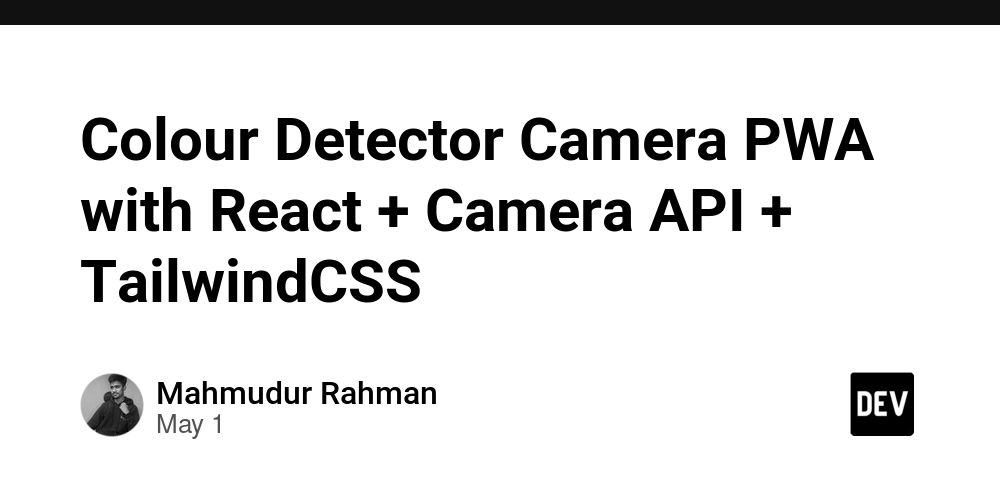DevLog #1: Cat O'Nine Tales
Table Of Contents Overview What is Mini-Micro? What's Next? Late in 2023, I lost my pet cat to cancer. I was heart broken for a long time and didn't feel like doing much in the way of any thing. However, in January of 2025, I started toying with the idea of making a retro Dungeon Crawler in the vain of Eye of the Beholder, Lands of Lore 1 and Dungeon Master. My only requirement was that it had to contain cats as characters. So, Cat O'Nine Tales was born. For two months, I studied screenshots of those dungeon crawlers to see how they did it and then designed my game's interface. Satisfied with what I had created, I thought I would just use something like Godot to make it but that's when I stumbled across a sleek little game engine called Mini-Micro. So, on a whim, I decided to take a look and I'm glad that I did. What is Mini-Micro? Let me just say upfront that Mini-Micro isn't suitable for every game development project nor does it claim to be. However, it is great for retro style games. So, other than its cute mascot, why did I choose Mini-Micro over other available engines? In a word: Simplicity. Concise First, the scripting language, MiniScript, is so straightforward, I never have to wonder whether I'm using it correctly or have analysis paralysis due to the language. It is so concise in its features, that you can learn the whole language in one day -- especially if you already have some programming experience. Easy Unit Testing Second, MiniScript has a simple way to create unit testing. In other languages, I often get myself into trouble by trying to use my game's code to test a library of functions that I'm building. Invariably, something breaks during the process and/or causes bugs from adding and removing code meant for testing. However, MiniScript has an easy way to let you setup a unit test right in the library itself. If you load your library code in Mini-Micro instead of your game code, the tests will execute. But when running your game, the test code is just ignored. So easy. Builtin Classes Third, Mini-Micro's builtin classes and functions give me everything that I need for my game. They are hands-off enough that I'm not limited by them and yet they provide enough features to give me a good foundation so that I'm not bogged down with implementing the basics. The fact is: You can get started very quickly with Mini-Micro. I had a fully animated main menu done in just a couple of hours on my first day of using Mini-Micro. What's Next? I have my interface designs, a basic world concept and an engine great for retro games. There is lots more to do but the first thing I always code is a way for the game engine to communicate with itself. Stay tuned for the next Devlog in Cat O'Nine Tales.

Table Of Contents
- Overview
- What is Mini-Micro?
- What's Next?
Late in 2023, I lost my pet cat to cancer. I was heart broken for a long time and didn't feel like doing much in the way of any thing. However, in January of 2025, I started toying with the idea of making a retro Dungeon Crawler in the vain of Eye of the Beholder, Lands of Lore 1 and Dungeon Master. My only requirement was that it had to contain cats as characters. So, Cat O'Nine Tales was born.
For two months, I studied screenshots of those dungeon crawlers to see how they did it and then designed my game's interface.
Satisfied with what I had created, I thought I would just use something like Godot to make it but that's when I stumbled across a sleek little game engine called Mini-Micro. So, on a whim, I decided to take a look and I'm glad that I did.
What is Mini-Micro?
Let me just say upfront that Mini-Micro isn't suitable for every game development project nor does it claim to be. However, it is great for retro style games.
So, other than its cute mascot, why did I choose Mini-Micro over other available engines? In a word: Simplicity.
Concise
First, the scripting language, MiniScript, is so straightforward, I never have to wonder whether I'm using it correctly or have analysis paralysis due to the language. It is so concise in its features, that you can learn the whole language in one day -- especially if you already have some programming experience.
Easy Unit Testing
Second, MiniScript has a simple way to create unit testing. In other languages, I often get myself into trouble by trying to use my game's code to test a library of functions that I'm building. Invariably, something breaks during the process and/or causes bugs from adding and removing code meant for testing. However, MiniScript has an easy way to let you setup a unit test right in the library itself. If you load your library code in Mini-Micro instead of your game code, the tests will execute. But when running your game, the test code is just ignored. So easy.
Builtin Classes
Third, Mini-Micro's builtin classes and functions give me everything that I need for my game. They are hands-off enough that I'm not limited by them and yet they provide enough features to give me a good foundation so that I'm not bogged down with implementing the basics. The fact is: You can get started very quickly with Mini-Micro. I had a fully animated main menu done in just a couple of hours on my first day of using Mini-Micro.
What's Next?
I have my interface designs, a basic world concept and an engine great for retro games. There is lots more to do but the first thing I always code is a way for the game engine to communicate with itself. Stay tuned for the next Devlog in Cat O'Nine Tales.




































































































































































![[The AI Show Episode 145]: OpenAI Releases o3 and o4-mini, AI Is Causing “Quiet Layoffs,” Executive Order on Youth AI Education & GPT-4o’s Controversial Update](https://www.marketingaiinstitute.com/hubfs/ep%20145%20cover.png)






























































































































![[DEALS] Mail Backup X Individual Edition: Lifetime Subscription (72% off) & Other Deals Up To 98% Off – Offers End Soon!](https://www.javacodegeeks.com/wp-content/uploads/2012/12/jcg-logo.jpg)


















































































































.png?width=1920&height=1920&fit=bounds&quality=70&format=jpg&auto=webp#)
.png?width=1920&height=1920&fit=bounds&quality=70&format=jpg&auto=webp#)























































































































![Google Home app fixes bug that repeatedly asked to ‘Set up Nest Cam features’ for Nest Hub Max [U]](https://i0.wp.com/9to5google.com/wp-content/uploads/sites/4/2022/08/youtube-premium-music-nest-hub-max.jpg?resize=1200%2C628&quality=82&strip=all&ssl=1)



























































![Epic Games Wins Major Victory as Apple is Ordered to Comply With App Store Anti-Steering Injunction [Updated]](https://images.macrumors.com/t/Z4nU2dRocDnr4NPvf-sGNedmPGA=/2250x/article-new/2022/01/iOS-App-Store-General-Feature-JoeBlue.jpg)





![T-Mobile is phasing out plans with included taxes and fees starting tomorrow [UPDATED]](https://m-cdn.phonearena.com/images/article/169988-two/T-Mobile-is-phasing-out-plans-with-included-taxes-and-fees-starting-tomorrow-UPDATED.jpg?#)



















































